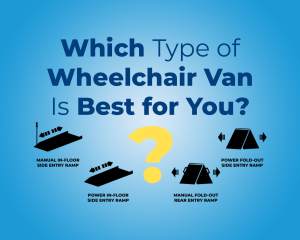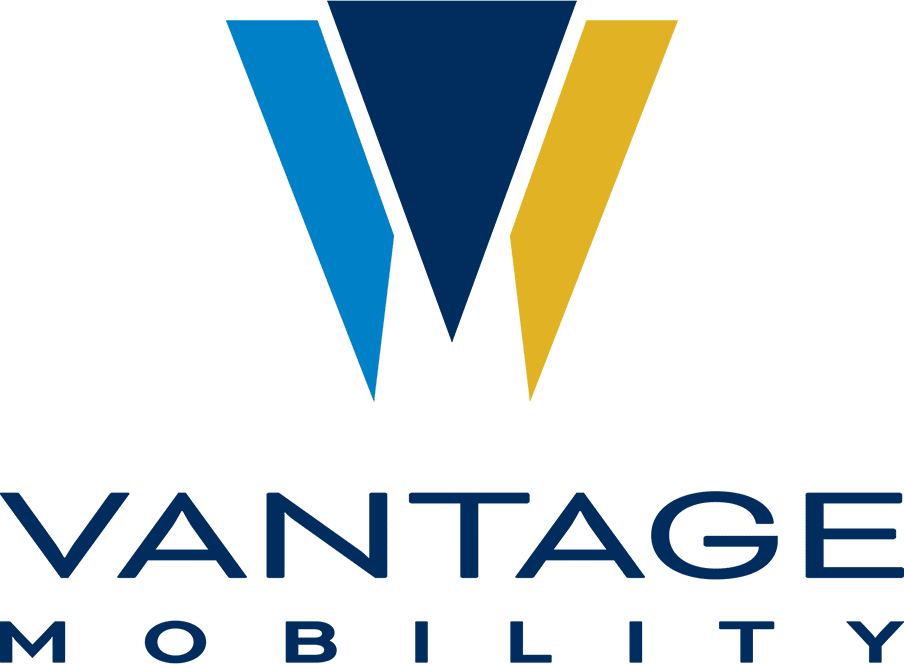Imagine this scenario: You’re a wheelchair user who starts a new job, and you join your coworkers at a restaurant across the street. While Fred and Dana are busy raving about how good the food is, you discover the restaurant has stairs and no wheelchair-accessible entry. You speak with the manager about the situation, and she tells you that accessibility issues have to go through the building owner and she can’t help.
What can you do?
You have a lot of choices, actually. One of the most effective options is finding a disability advocate.
What is a disability advocate?
A disability advocate can mean several different things, depending on what type of advocacy you’re referring to. There are two main types of disability advocacy: legal and social. Legal disability advocates are lawyers, or other trained professionals, who litigate for disability rights on behalf of a client, government or organization. Social advocates are people who work toward furthering disability rights through social change and public policy.
Within these two categories, you’ll likely encounter specific types of advocacy and advocates.
Citizen advocacy – This is the most common advocacy that you’ve likely encountered before. Citizen advocates are community volunteers who advocate for a disability-related cause; this often involves a specific person with a disability or particular disability itself. The common goals include community awareness, fundraising and long-term care of an individual who can’t support themselves.
Group advocacy – Group advocacy is typically composed of various different types of advocates and involves advocating for a group of people with the same disability or disability rights goal.
Individual advocacy – An individual-advocate is somebody who advocates for a person with disabilities through a one-on-one approach. Typically, individual advocates are there to prevent or address any unfair treatment or abuse a person with disabilities may face. Social security advocates also fall under this category.
Legal advocacy – Legal advocacy is what it sounds like; a lawyer provides legal representation on behalf of their client and gives advice to people with disabilities about discrimination and human rights issues. The lawyer may also be involved with legislative litigation, where they pursue positive changes to the judicial system.
Self-advocacy – This happens when someone with a disability represents themselves to achieve legal, social or public policy goals. If you’re interested in self-advocacy, then visit this resource page at the Arizona Center for Disability Law. The Center offers dozens of free self-advocacy guides and presentations that cover disability-related legal topics.
Systemic advocacy – The disability rights movement falls under systemic advocacy. Systemic advocacy involves working toward long-term social changes that validate the collective rights and interests of people with disabilities. The common targets for this advocacy are legislation, policies and practices.
What circumstances call for a disability advocate?
Disability advocacy is required in a variety of circumstances— education, employment, healthcare, housing, faith, technology, transportation, and more.
“A big part of advocacy work is combatting discrimination and working towards equal rights,” Zach Baldwin, the director of outreach at the American Association of People with Disabilities, said in an email. “But it is also about working collaboratively — with governments, businesses, various aspects of the disability community, and other identity groups — to brainstorm new ideas and create innovative solutions that allow people with disabilities to live and work independently and pursue the American Dream alongside our peers without disabilities.”
On the legal side of things, a disability rights lawyer is needed when other options, such as self-advocacy, have been exhausted, or a disability rights infringement can cause an immediate medical threat, says J.J. Rico, the executive director for the Arizona Center for Disability Law.
Let’s just back to our restaurant example from earlier. We went through the first step, which is speaking with the manager or person in charge to see if the stairs are avoidable or there is an alternate offer to extend their services and accommodate us. There wasn’t. The next potential step is filing an administrative complaint, which means a complaint with the Department of Justice or the Attorney General’s Office, or we go to the last step, which is a lawsuit.
“A lawsuit is always the last step to us because they take money, they take time,” Rico says. “Administrative charges is one of the agencies that takes a lot of time; it doesn’t really cost money, but it does take some time because the person in charge is probably going to want the agency to investigate, which means to go out and ask questions of the restaurant or business owner.”
How can you find a disability advocate?
If you’re looking for a disability advocate, then consider checking out centers for independent living, which are organizations run by people with disabilities that support people with disabilities to live freely and independently in the communities of their choice, Baldwin says.
Every state has at least one center for independent living. Here is a directory. If you’re looking for a disability rights lawyer, then here is a directory of disability protection and advocacy agencies.
What do people often misunderstand about disability advocates?
Disability advocates are an incredibly diverse group, and the way these people advocate is equally diverse.
“I think there is an assumption that a disability advocate is someone who has meetings with their (state or federal) Member of Congress, or someone who chains themselves to something as part of a protest,” Baldwin says. Lobbying Congress members is an important part of disability advocacy, but it’s not the only ways people can advocate. “Helping to reframe conversations about disability to move away from the model of disability as something to pity or be inspired by is a critical piece of disability advocacy and something that everyone can engage in — even it if is just with friends and family,” he says.
Legal advocacy has room for a few more misconceptions; the biggest of which is time.
“I think the number one misconception is time; I think they believe things can be resolved very quickly, and when attorneys get involved it usually slows things down,” Rico says. “The reason is, once I identify myself as representing you to the other side, nine out of 10 times they are going to either utilize their attorney to speak for them, or they’re going to go out and hire an attorney to speak with me. All of that takes time.”
That’s why Rico recommends you exhaust any self-advocacy options first, because if you’re unrepresented then you can speak directly to the people in charge and try to resolve the issue. But once an attorney gets involved, the lawyer must communicate through legal counsel, instead of just calling up the manager.
If a lawsuit does happen, time becomes a crucial factor for everybody involved. The average timeframe for a lawsuit to be heard by a judge or jury after being filed is two years.



















